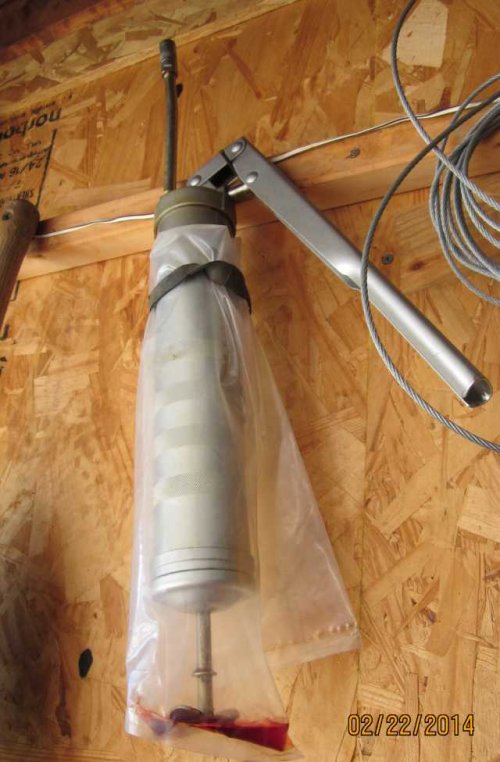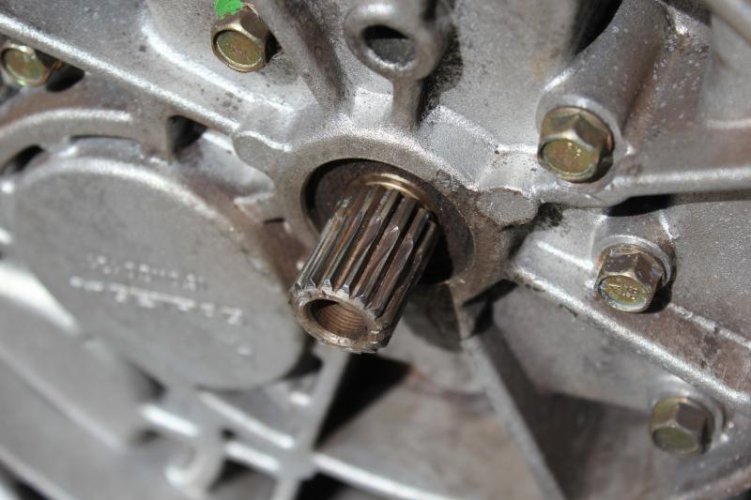pglaves
#13338
Paul, your bike has considerable mileage. Quite likely more then most of us will ever obtain. I am very curious if your seeing even wear along the length of the spline? Or like many of us, more wear at the transmission end of the spline.
Like all 1150s, mine shows the short non-contact area nearest the transmission. But the contact area appears to have worn in a linear faqshion, aligned with the axis of the shaft. I don't have the barrel shape which we saw with the K75s with faulty auxiliary cases.


